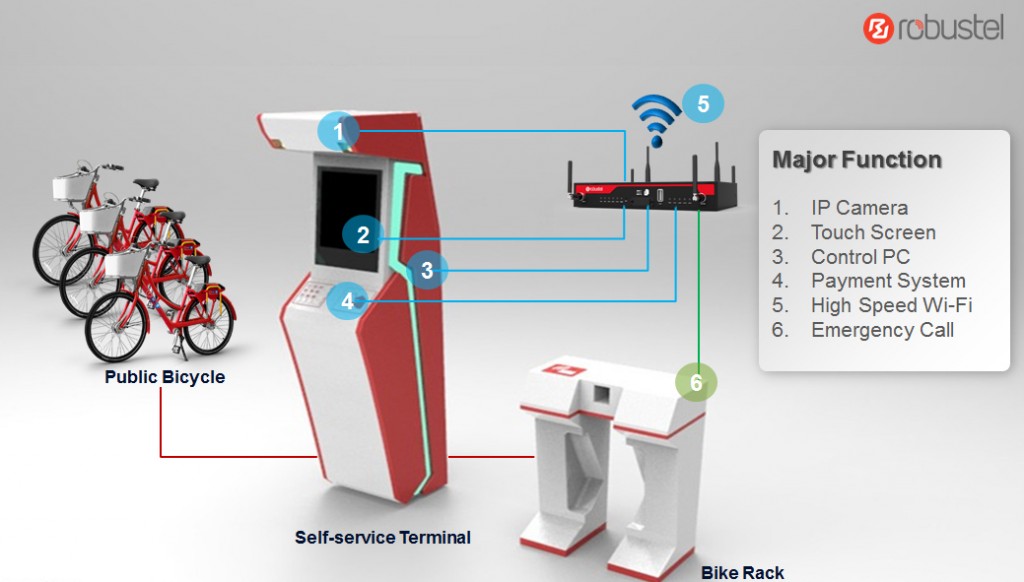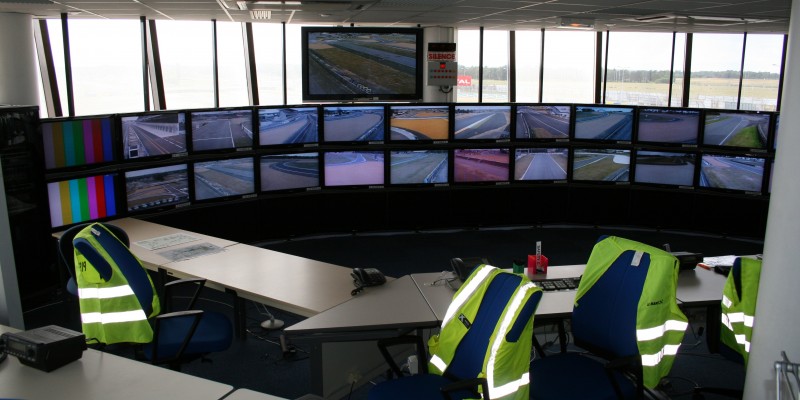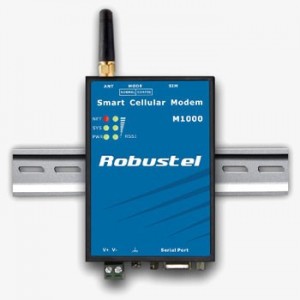Case Study for Robust Network Connection and Remote Monitoring for Parking Systems
A Northern European business provides varying parking services for their clients. Parking automats owned by the business offer a diverse set of payment options ranging from coins, credit or chip cards and they rank in the forefront of parking technology in Europe. The client chose these particular mobile routers due to their reliability in hostile environmental conditions.
Business Challenges:
- Contactless payments by credit card require a credible and secure connection to payment systems.
- Previously, the signal was severely impaired whenever a car parked too close to the router – it required a reliable and unbreakable internet connection under harsh environment.
- Each parking automat is connected to a remote control system. It required real time remote management for the parking automats’ troubleshooting, programming and reporting.
M2M Solution
The R3000 Robustel industrial-designed VPN router offers seamless, unbreakable network switching connections for remote monitoring within these parking automats.
Key Features:
- Dual SIM redundancy for continuous cellular connections, supports 4G/3G/2G,
- Multiple links backup and ICMP detection,
- High EMC Level,
- Management and maintenance via Web/CLI/SNMP/RobustLink Cloud.
Benefits
- Precise and reliable remote internet connection helps schedule coin emptying and payment loading visits, reducing maintenance expenses.
- Higher efficiency for parking operations and more profitable for the municipality, offering a better service to the drivers at the same time.
- Reduced total cost of ownership, improves customer satisfaction.
The customer chose Robustel 4G routers for forming connections between ticket machines and remote control and payment systems. “The choice was based on the router’s reliability under varying environmental conditions”, says customer’s technical manager. “Previously, the data connection to payment and remote control systems could be disrupted, for example, by a truck parked nearby. Experience has proven Robustel routers as a reliable solution”.
Other applications for the R3000 Router Include:
- ATM Vending Applications
- Solar/Wind Energy Monitor
- Distribution Automation
- Automatic Meter Reading
- Industrial Automation
- IP Video Surveillance
- Remote Devices







